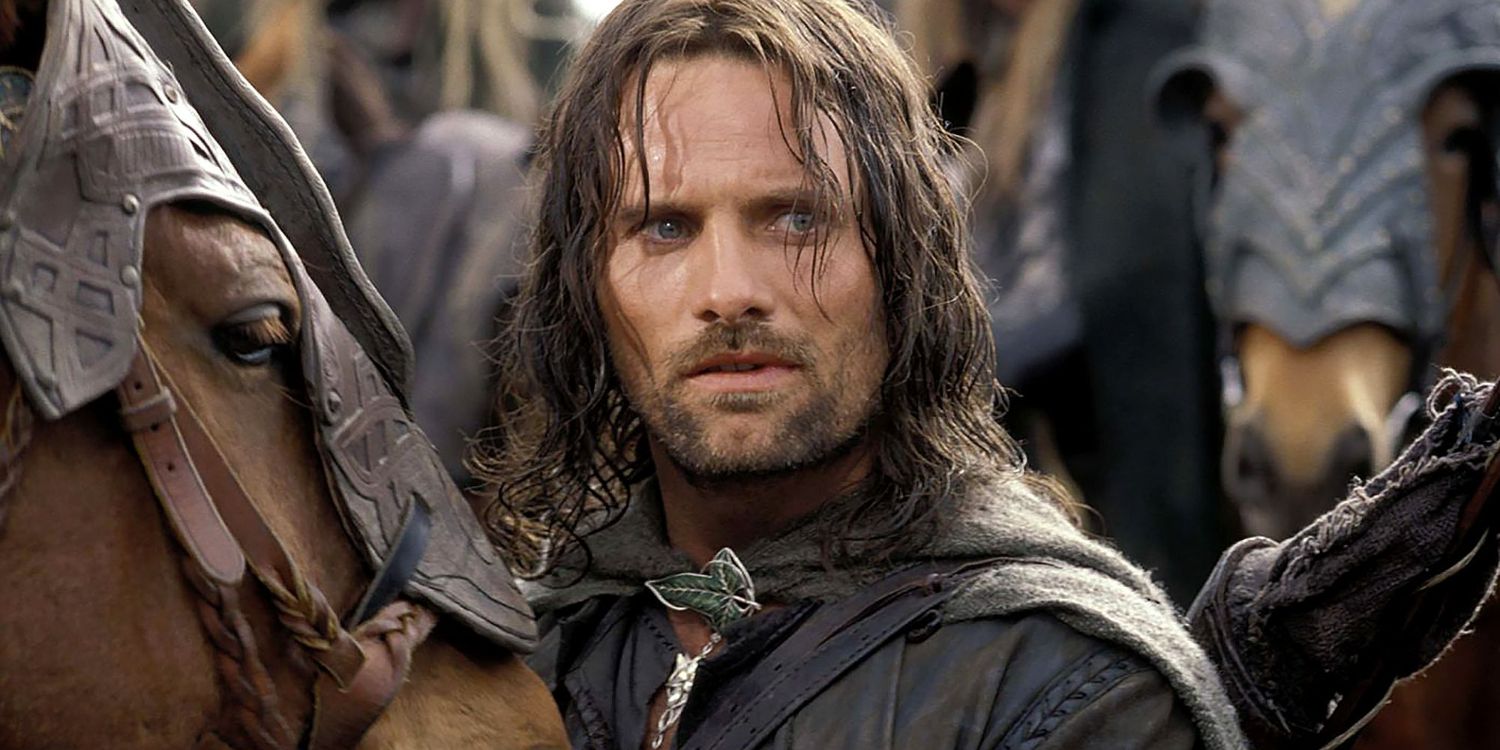
Along with these impressive feats, some behind-the-scenes trivia has become as well-known as the films themselves. The most famous example from Lord of the Rings is Viggo Mortensen accidentally breaking his toe when he kicked an orc helmet and cried out in genuine pain when filming a scene where an anguished Aragorn believes Merry (Dominic Monaghan) and Pippin (Billy Boyd) are dead. As intriguing as this factoid is, the most important element of The Lord of the Rings trilogy’s behind-the-scenes journey is how the films were filmed back-to-back.
The Lord Of The Rings’ Back-To-Back Filming Was Incredibly Ambitious
It Worked Out Well, But It Was A Bold Plan
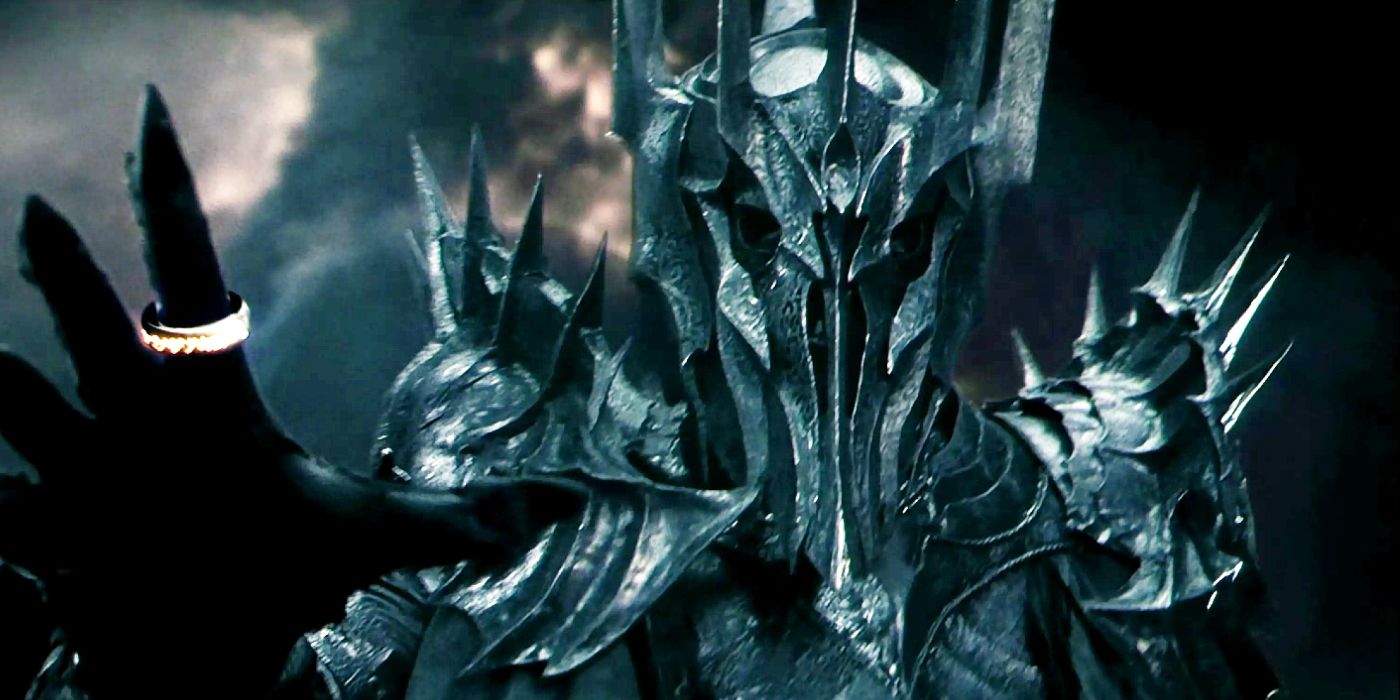
All three installments of The Lord of the Rings films were shot back-to-back in New Zealand from October 1999 to December 2000. This would have been an ambitious undertaking in any circumstances, made even bolder when considering the massive scale of the blockbuster films. In a 14-month window, Jackson and his creative team shot three films, each with a runtime close to or exceeding three hours, and all of which featured elaborate battle sequences, including the Battle of Helm’s Deep and the Battle of the Pelennor Fields.
The Battle of Helm’s Deep took 120 days to shoot and mainly had to be filmed at night.
Additional shots were later added between 2001-2003, the years in which Fellowship of the Ring, The Two Towers, and Return of the King were released in theaters, but all principal photography was completed over 14 months from 1999-2000. This plan only worked because of the strength and clarity of the artistic vision that Jackson and his entire creative team possessed. Such an approach easily could have gone awry, especially if The Fellowship of the Ring did not work as intended, but instead, one of the greatest trilogies in cinematic history was created.
The Lord Of The Rings’ Filming Schedule Helped The Films Succeed
The Story And Box Office Benefited From It
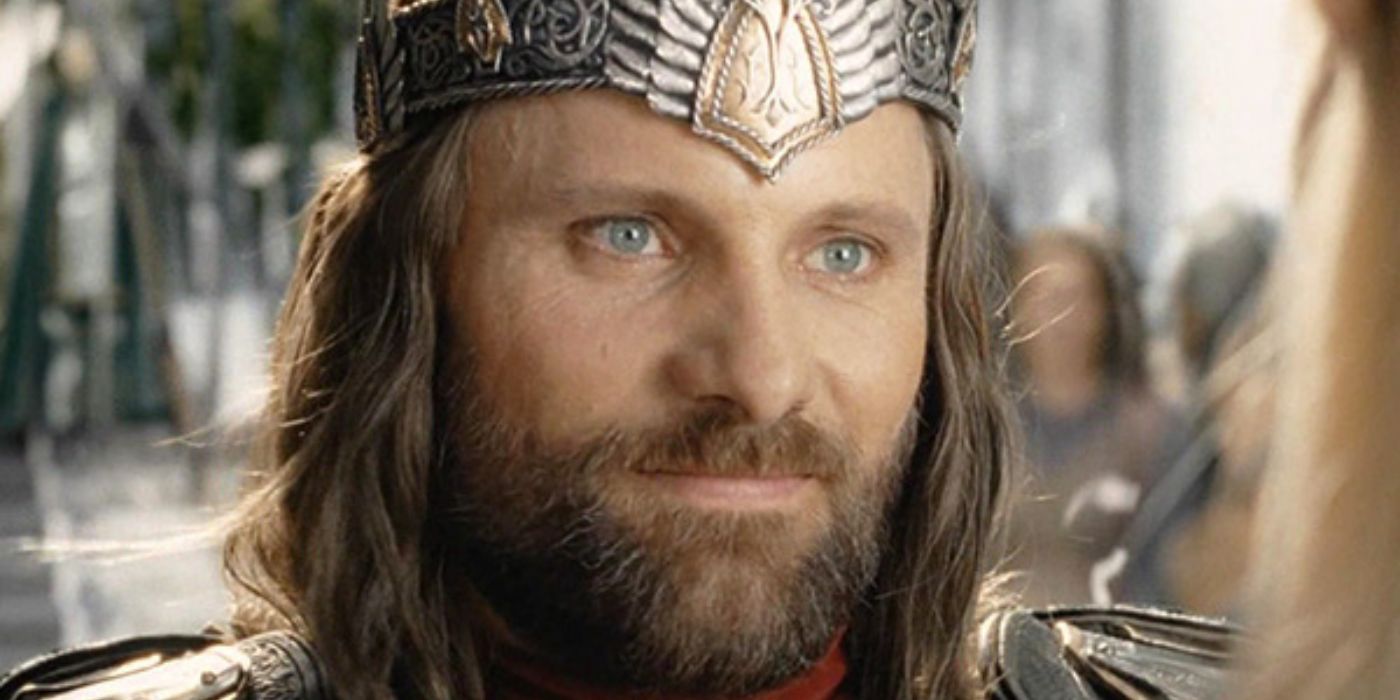
The back-to-back filming of The Lord of the Rings trilogy ultimately helped the trilogy narratively and commercially. Filming all three stories this way helped the narrative be more cohesive, allowing each installment to feel distinct while simultaneously feeling like a chapter in a much larger story. This is true to the spirit of Tolkien’s vision for his trilogy and helped the trilogy stand out from other film series where the quality between each entry fluctuates dramatically, and to the detriment of the overall series.
Movie
Theatrical Release Date
The Lord of the Rings: The Fellowship of the Ring
December 19, 2001
The Lord of the Rings: The Two Towers
December 18, 2002
The Lord of the Rings: The Return of the King
December 16, 2003
In terms of commercial success, the back-to-back filming ensured that the December release dates in 2001, 2002, and 2003 were met without encountering issues that delayed their theatrical debuts. The end-of-the-year holidays proved to be the perfect time for the films to be released and the consistency of these releases helped create expectations of when the sequels would come out. All The Hobbit films followed this proven pattern by releasing in December, and the upcoming War of the Rohirrim will do the same.
Other Franchises Copied The Lord Of The Rings’ Template
It Became Common For Part 1 And Part 2 Movies
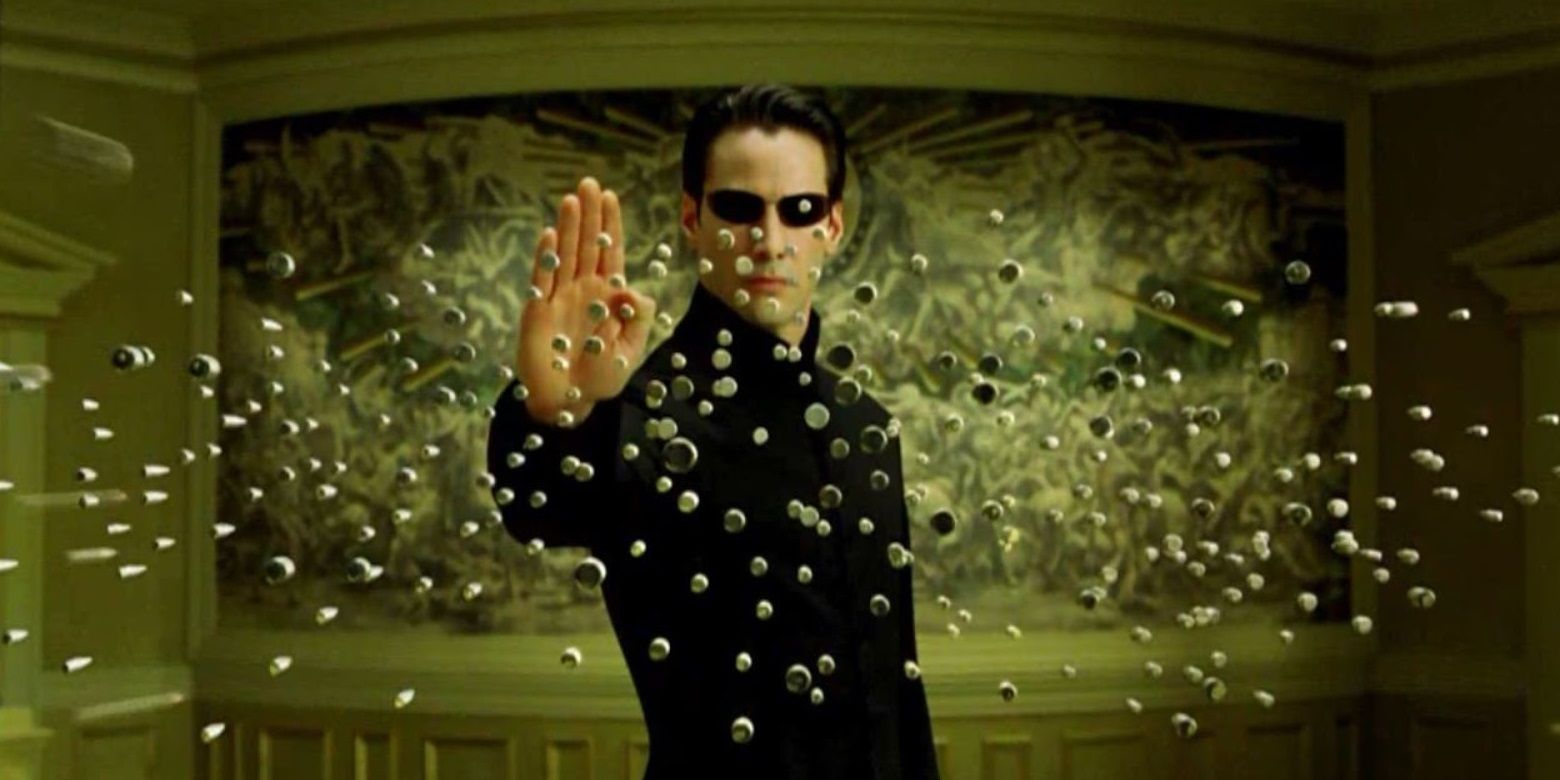
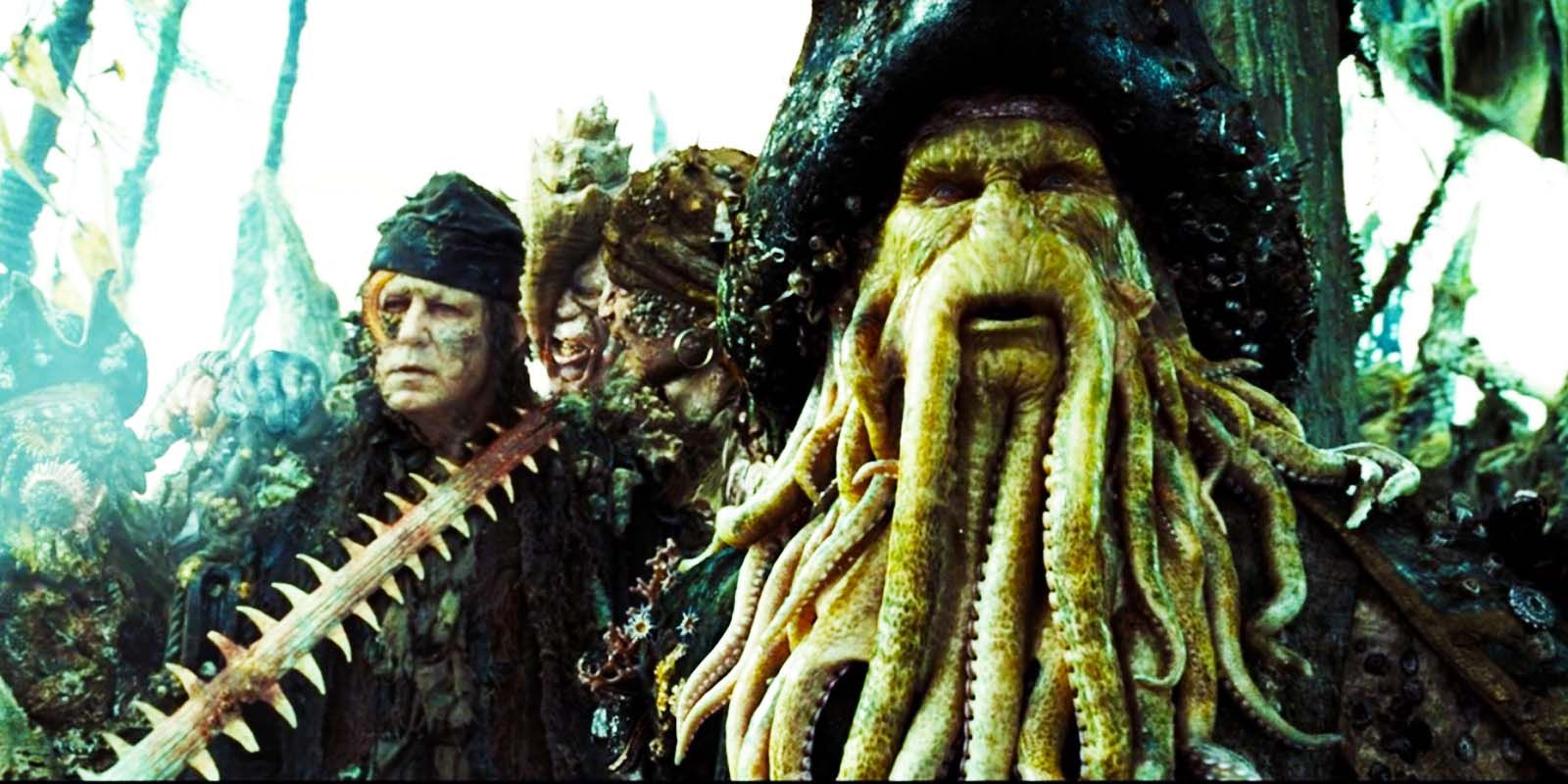
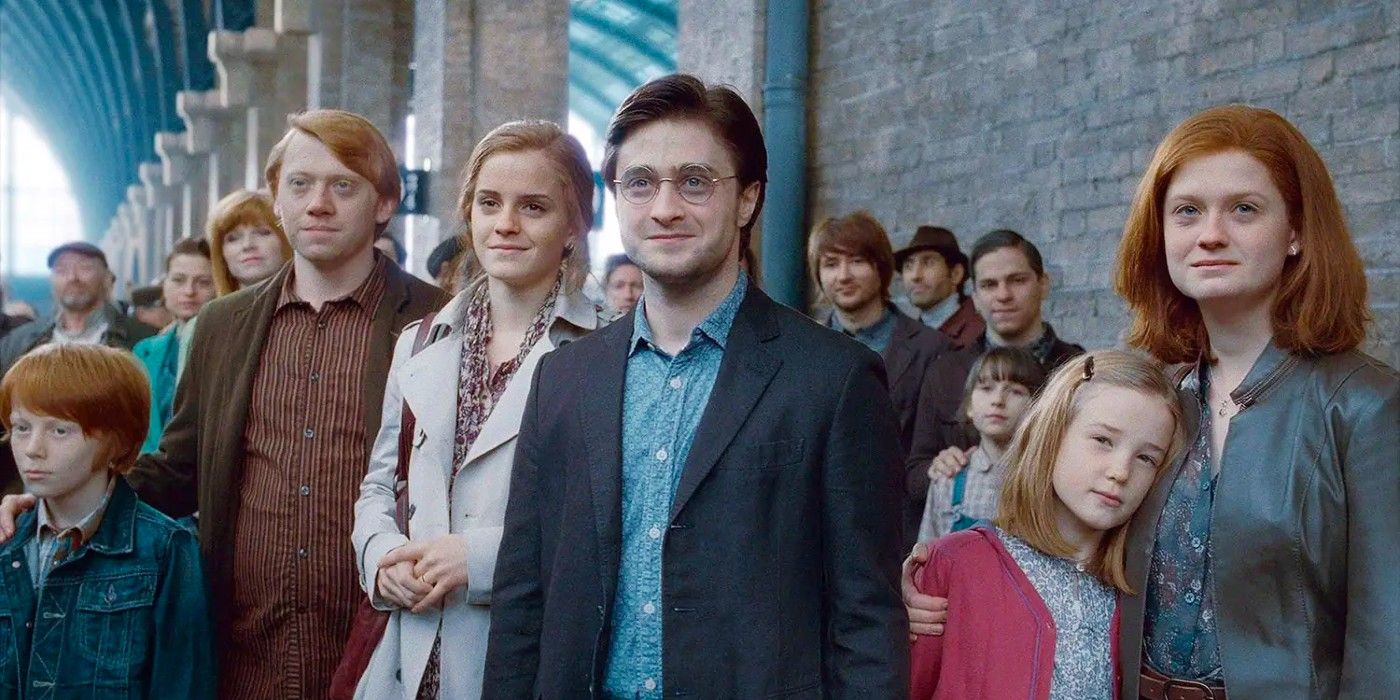
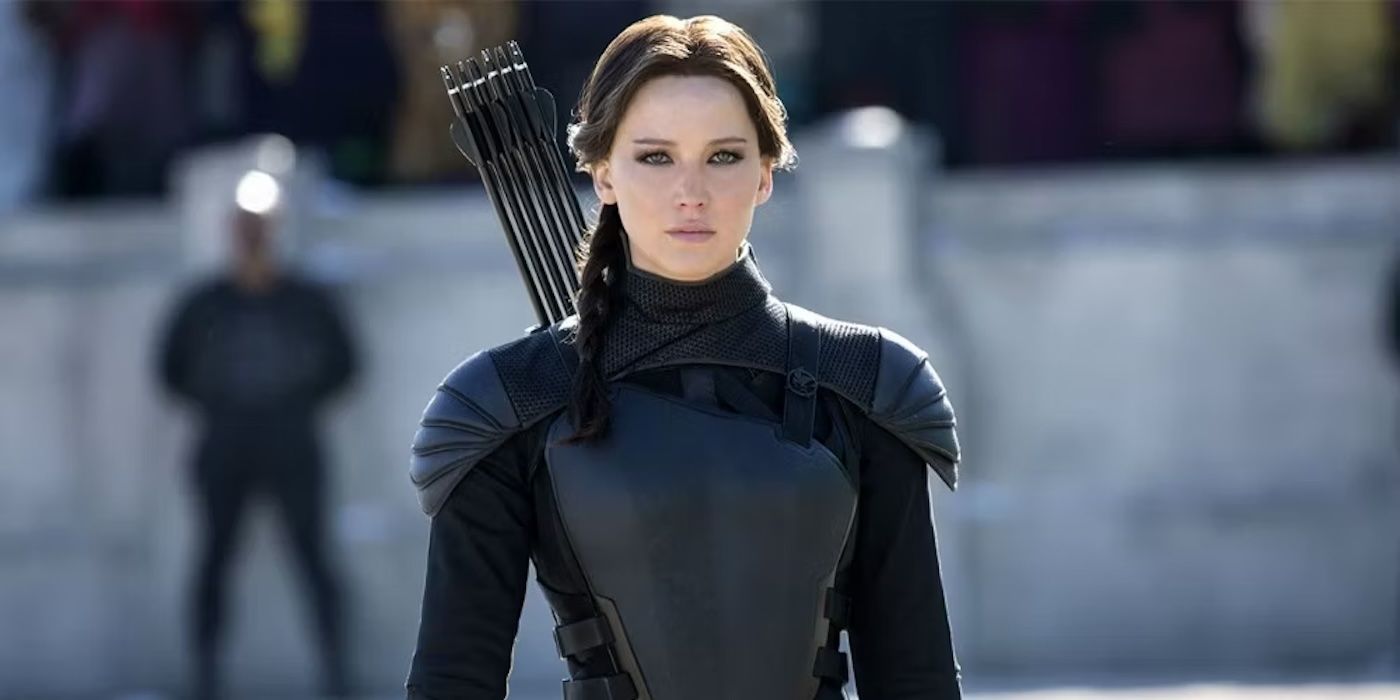
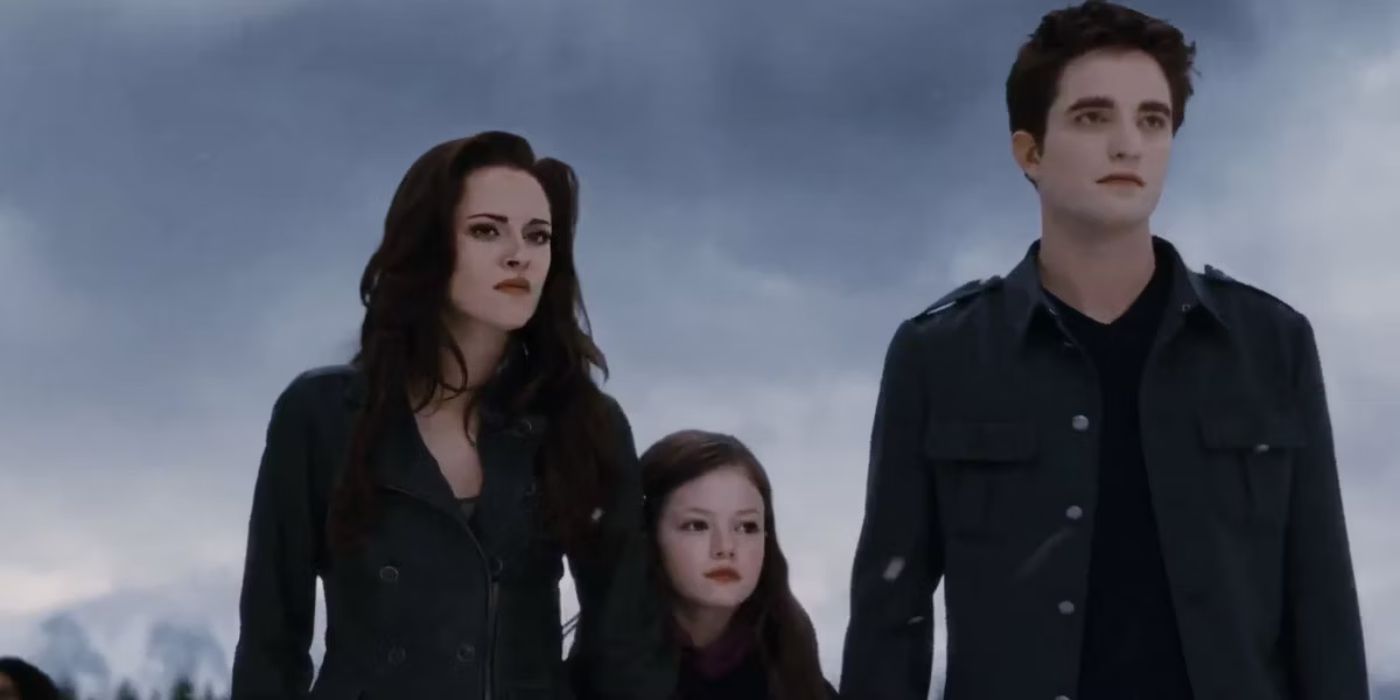





The success of Lord of the Rings‘ back-to-back filming prompted other franchises to adopt the same approach, with varying degrees of success. The first franchise to do this was The Matrix, as The Matrix Reloaded and The Matrix Revolutions were filmed back-to-back, and both sequels were released in 2003, although neither installment lived up to the heights of the original film. A couple of years later, the two-part story of Pirates of the Caribbean: Dead Man’s Chest and At World’s End were filmed back-to-back, and were respectively released in 2006 and 2007.
Harry Potter, Twilight, and The Hunger Games all followed the same template as they filmed parts one and two of The Deathly Hallows, Breaking Dawn, and Mockingjay this way. None of these projects matched the Lord of the Rings‘ trilogy’s peak of critical and commercial success, even when Jackson’s The Hobbit trilogy went back to this method. It proved to be a behind-the-scenes choice that worked extraordinarily well for The Lord of the Rings, but that was difficult to recreate elsewhere with the same outcome.
The Lord Of The Rings Was A Gamble That Won’t Be Repeated
Most Studios Would Not Take The Same Risk Now
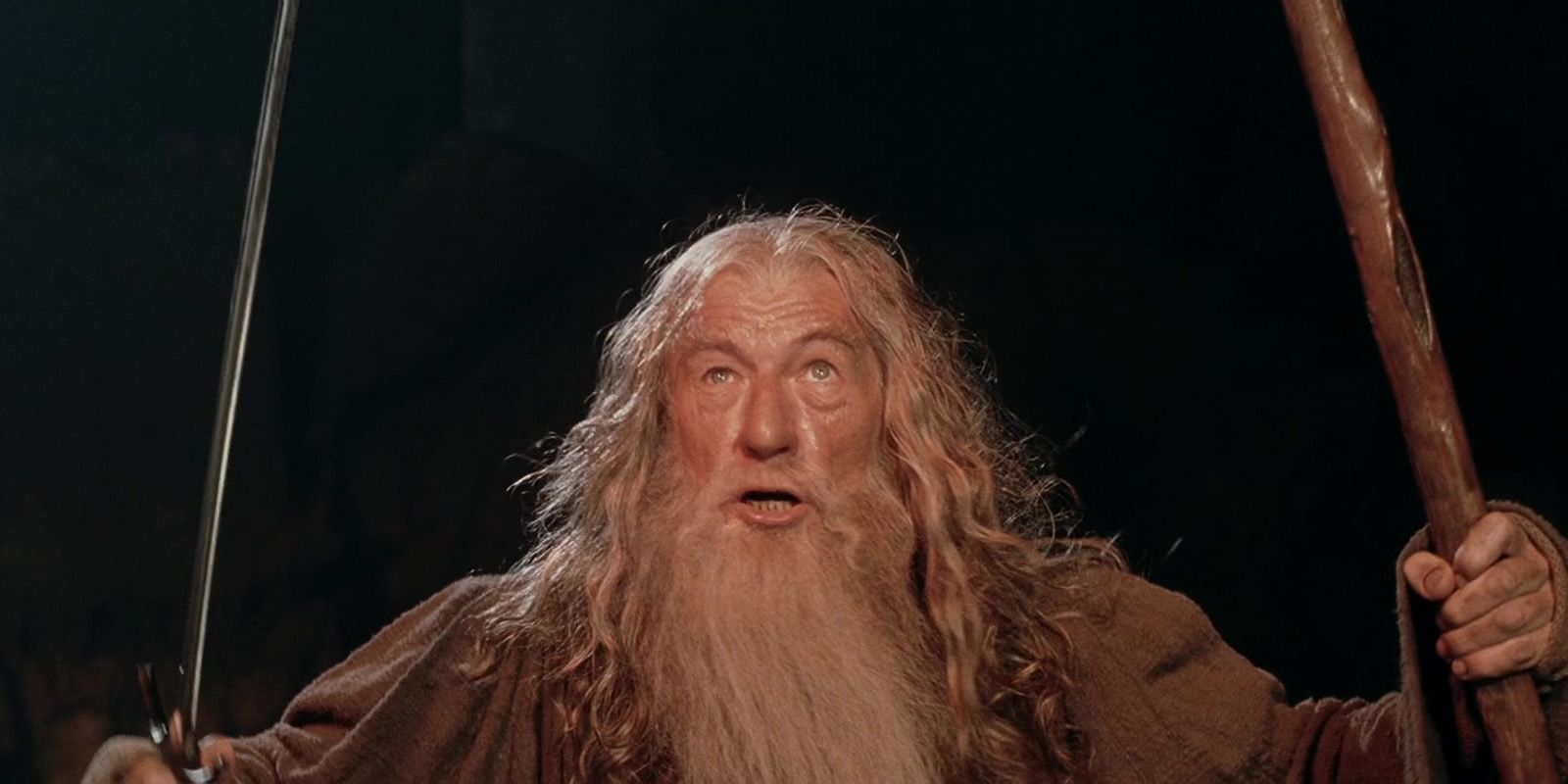
It is difficult to imagine now, but The Lord of the Rings was an unproven intellectual property at the box office when the trilogy was filmed. Many studios have financed sequels from established franchises to be filmed back-to-back in the years since, but it is highly unlikely that a studio would now do this with an entire trilogy whose success is not guaranteed. What The Lord of the Rings did was a gamble that paid off, but it is the type of gamble that studios will run from now.
This makes it all the more ironic that Warner Bros. Discovery CEO David Zaslav has spoken about the need to expand on proven IPs, and specifically emphasized doing so with The Lord of the Rings through the upcoming The Hunt for Gollum and other untitled films in the franchise that are in the works. Studios are now reluctant to take the kind of risk that helped The Lord of the Rings films become an enduring success. The Lord of the Rings was made at the right time and under the right circumstances that will probably never be repeated.


